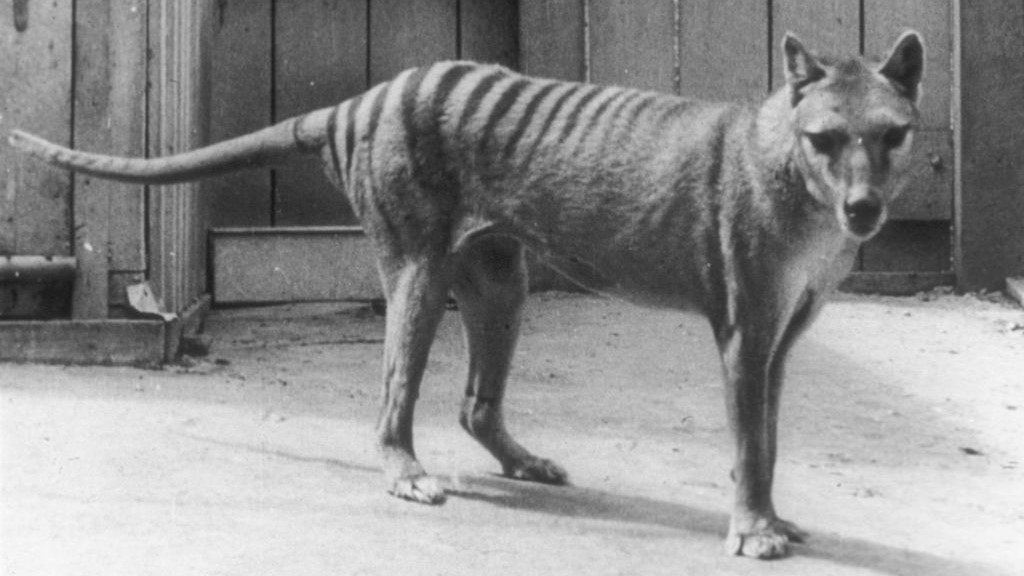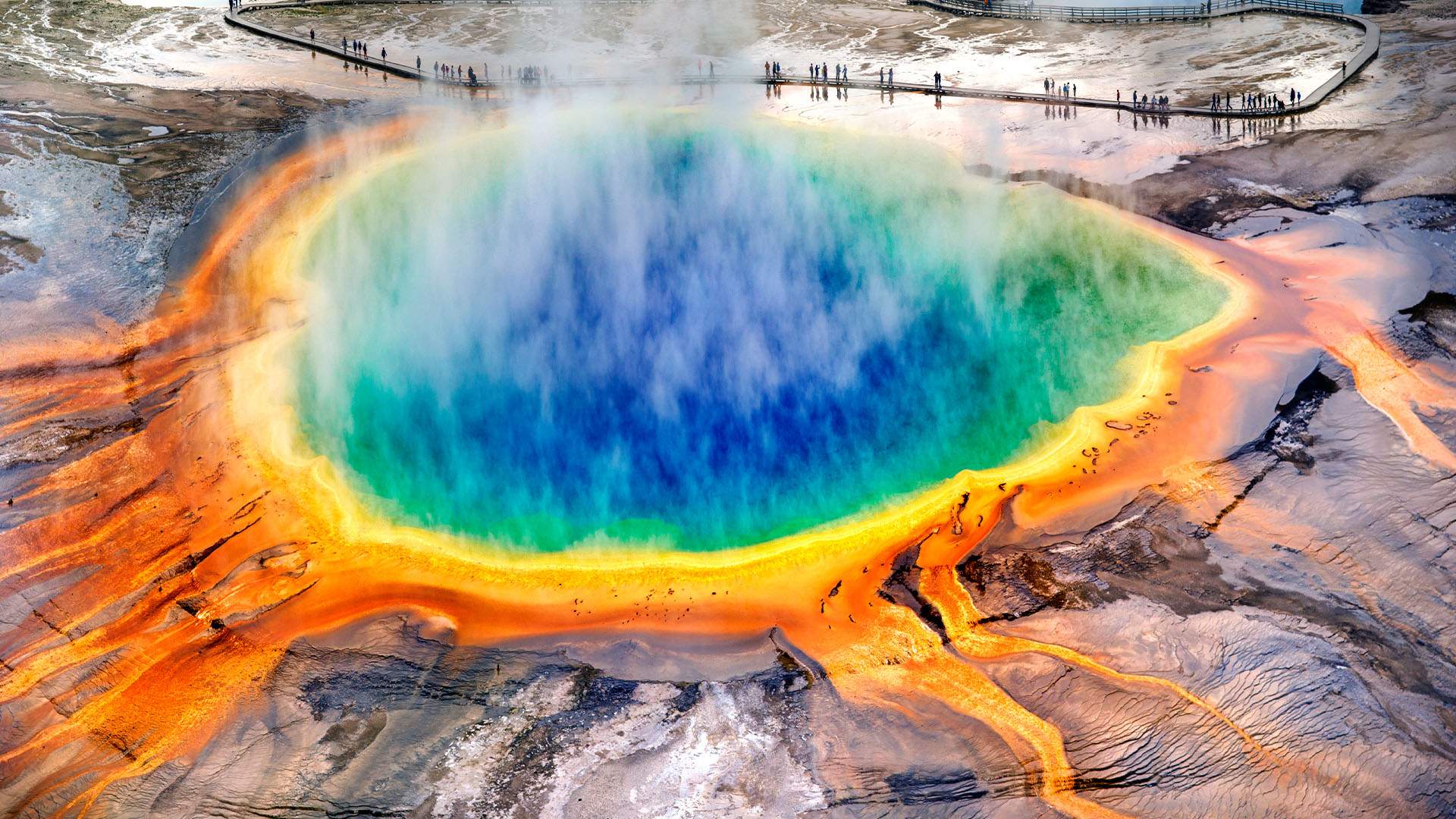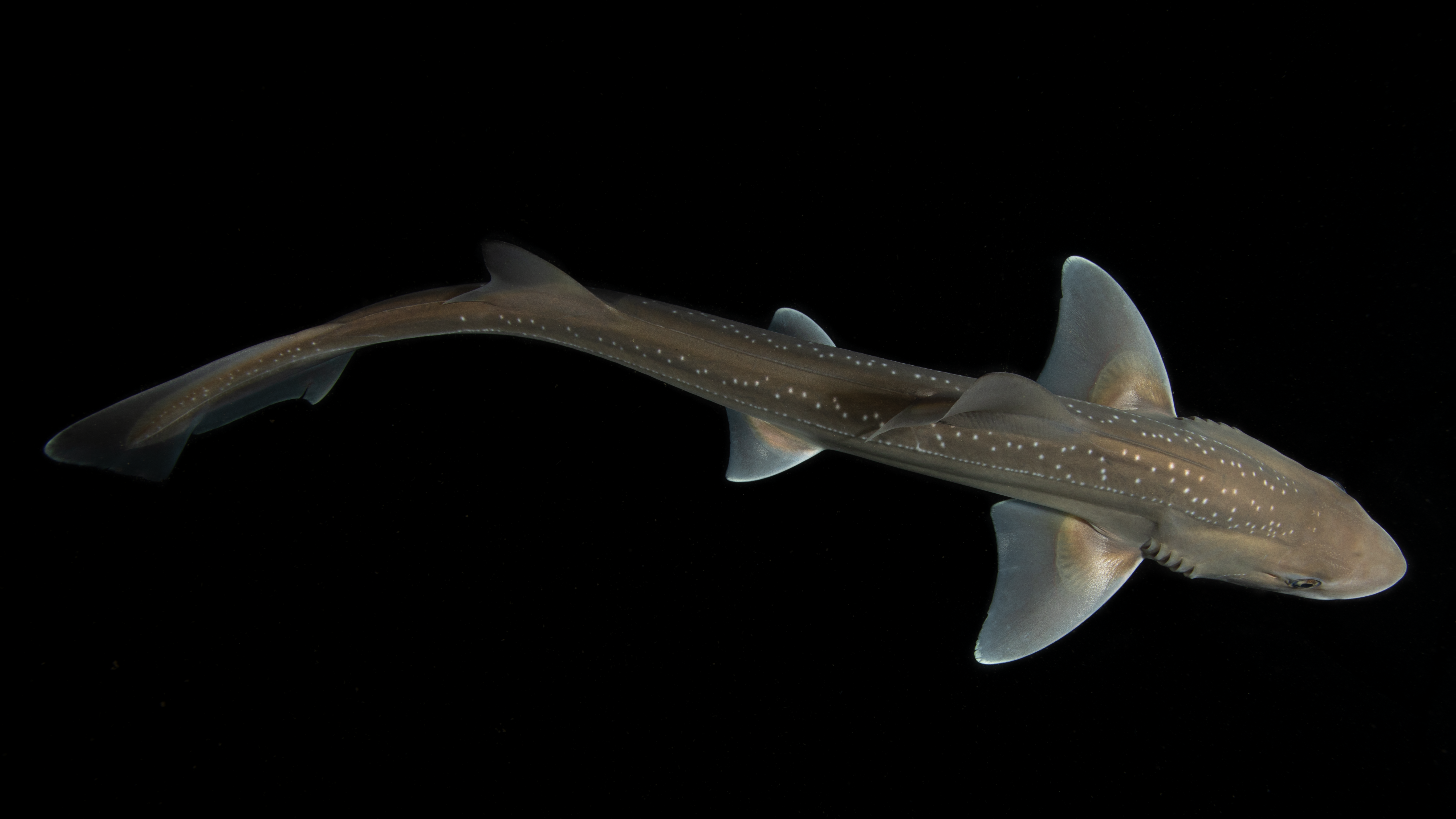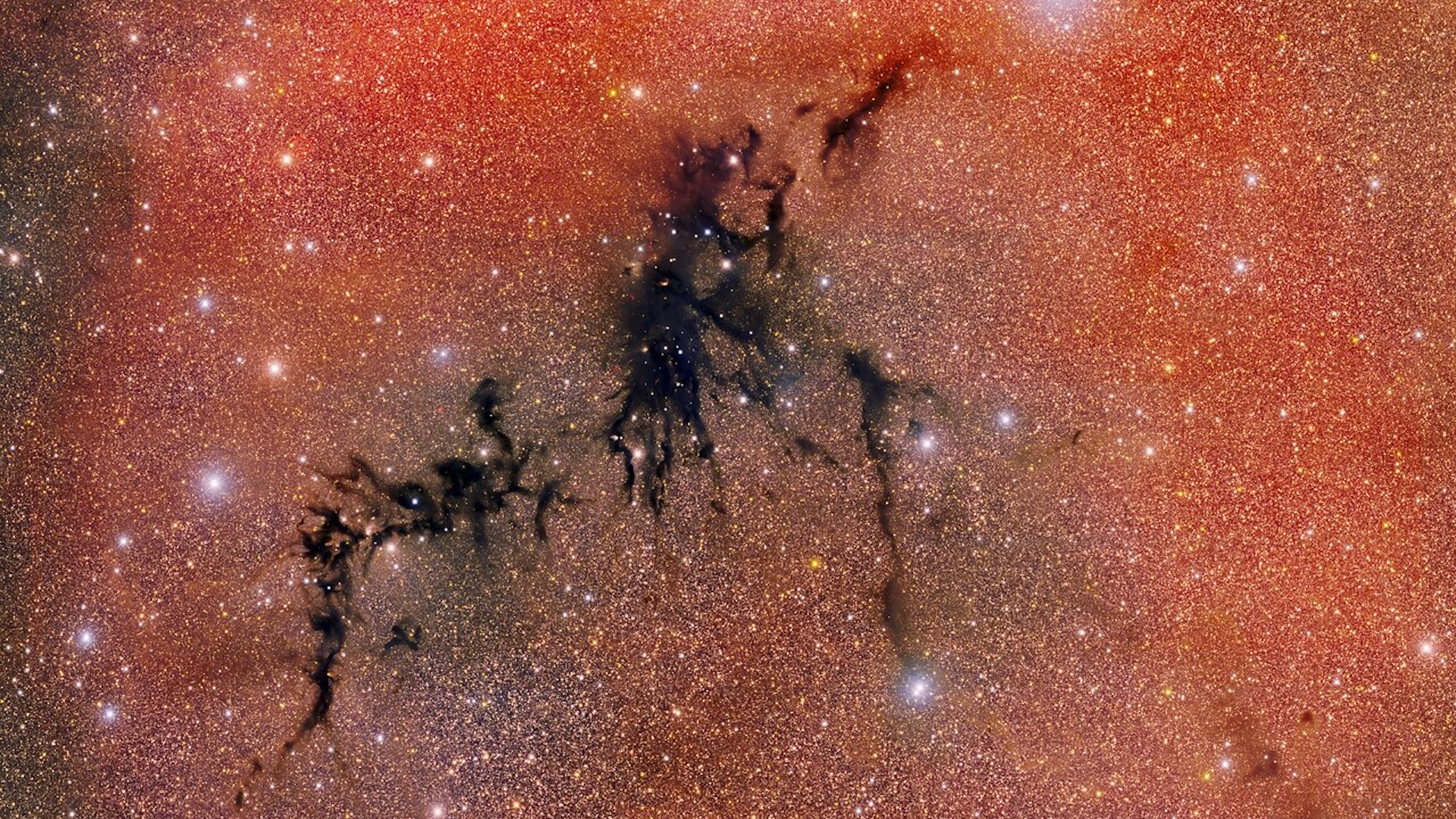Long-extinct Tasmanian tiger may still be alive and prowling the wilderness, scientists claim
Based on reported sightings, some scientists say the iconic creature probably survived until the late 1980s or 1990s, but others are skeptical.

The "completely unique," wolf-like Tasmanian tigers that thrived on the island of Tasmania before they went extinct in 1936 may have survived in the wilderness for far longer than previously thought, research suggests. There is also a small possibility they are still alive today, experts say.
Tasmanian tigers, also known as thylacines (Thylacinus cynocephalus) were carnivorous marsupials with distinctive stripes on their lower back. The species was originally found across Australia but disappeared from the mainland roughly 3,000 years ago due to human persecution. It persisted on the island of Tasmania until a government bounty introduced by the first European settlers in the 1880s destroyed the population and drove the species to extinction.
"The thylacine was completely unique among living marsupials," said Andrew Pask, a professor of epigenetics at the University of Melbourne in Australia who was not involved in the new research. "Not only did it have its iconic wolf-like appearance, but it was also our only marsupial apex predator. Apex predators form extremely important parts of the food chain and are often responsible for stabilizing ecosystems," Pask told Live Science in an email.
The last known thylacine died in captivity at the Hobart Zoo in Tasmania on Sept. 7, 1936. It is one of the few animal species for which an exact date of extinction is known, according to the Thylacine Integrated Genomic Restoration Research (TIGRR) Lab, which is led by Pask and aims to bring Tasmanian tigers back from the dead.
But now, scientists say thylacines probably survived in the wild until the 1980s, with a "small chance" they could still be hiding somewhere today. In a study published March 18 in the journal Science of The Total Environment, researchers pored over 1,237 reported thylacine sightings in Tasmania from 1910 onwards.
Related: Stunning colorized footage provides a glimpse of the last known Tasmanian tiger
The team estimated the reliability of these reports and where thylacines could have persisted after 1936. "We used a novel approach to map the geographical pattern of its decline across Tasmania, and to estimate its extinction date after taking account of the many uncertainties," Barry Brook, a professor of environmental sustainability at the University of Tasmania and lead author of the study, told The Australian.
Sign up for the Live Science daily newsletter now
Get the world’s most fascinating discoveries delivered straight to your inbox.
Thylacines may have survived in remote areas until the late 1980s or 1990s, with the earliest date for extinction in the mid-1950s, the researchers suggest. The scientists posit that a few Tasmanian tigers could still be holed up in the state's southwestern wilderness.
But others are skeptical. "There is no evidence to confirm any of the sightings," Pask said. "One thing that's so interesting about the thylacine is how it evolved to look so much like a wolf and so different to other marsupials. Because of this, it is very hard to tell the difference at distance between a thylacine and [a] dog and this is likely why we still continue to have so many sightings despite never finding a dead animal or unequivocal picture."
If thylacines had survived long in the wild, someone would have come across a dead animal, Pask said. Nevertheless, "it would be possible at this time [in 1936] that some animals persisted in the wild," Pask said. "If there were survivors, there were very few."
While some people search for surviving Tasmanian tigers, Pask and his colleagues want to revive the species. "Because the thylacine is a recent extinction event, we have good samples and DNA of sufficient quality to do this thoroughly," Pask said. "The thylacine was also a human-driven extinction, not a natural one, and importantly, the ecosystem in which it lived still exists, giving a place to go back to."
De-extinction is controversial and remains extremely complex and costly, according to the National Museum Australia. Those in favor of reviving thylacines say the animals could boost conservation efforts. "The thylacine would certainly help rebalance the ecosystem in Tasmania," Pask said. "In addition, the key technologies and resources created in the thylacine de-extinction project will be critical right now to help preserve and conserve our extant endangered and threatened marsupial species."
Those against it, however, say that de-extinction distracts from preventing newer extinctions and that a revived thylacine population could not sustain itself. "There is simply no prospect for recreating a sufficient sample of genetically diverse individual thylacines that could survive and persist once released," Corey Bradshaw, a professor of global ecology at Flinders University, told The Conversation.

Sascha is a U.K.-based staff writer at Live Science. She holds a bachelor’s degree in biology from the University of Southampton in England and a master’s degree in science communication from Imperial College London. Her work has appeared in The Guardian and the health website Zoe. Besides writing, she enjoys playing tennis, bread-making and browsing second-hand shops for hidden gems.
What was the fastest dinosaur?
'Hell ant' with scythe-like jaws may be oldest ant fossil ever discovered









